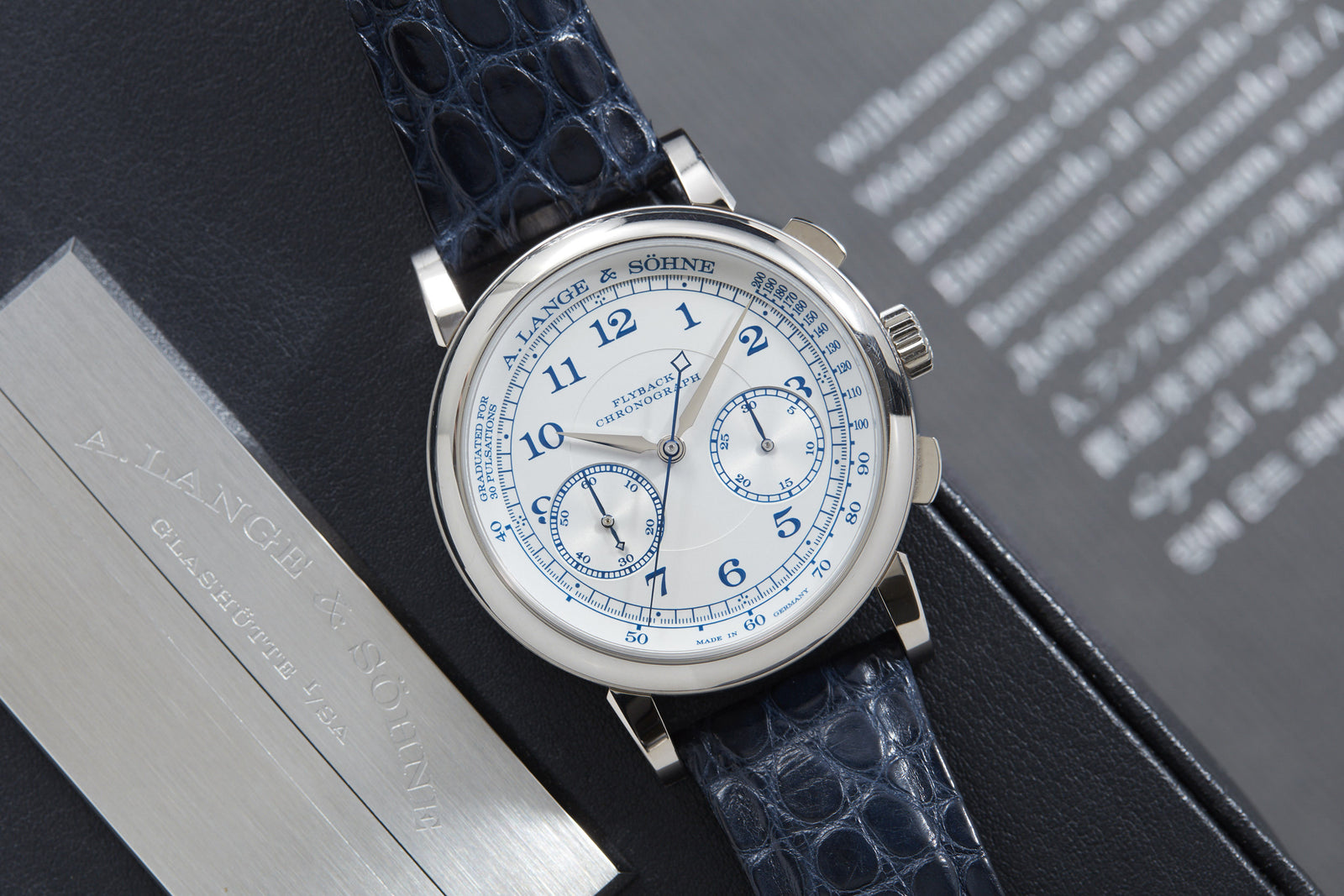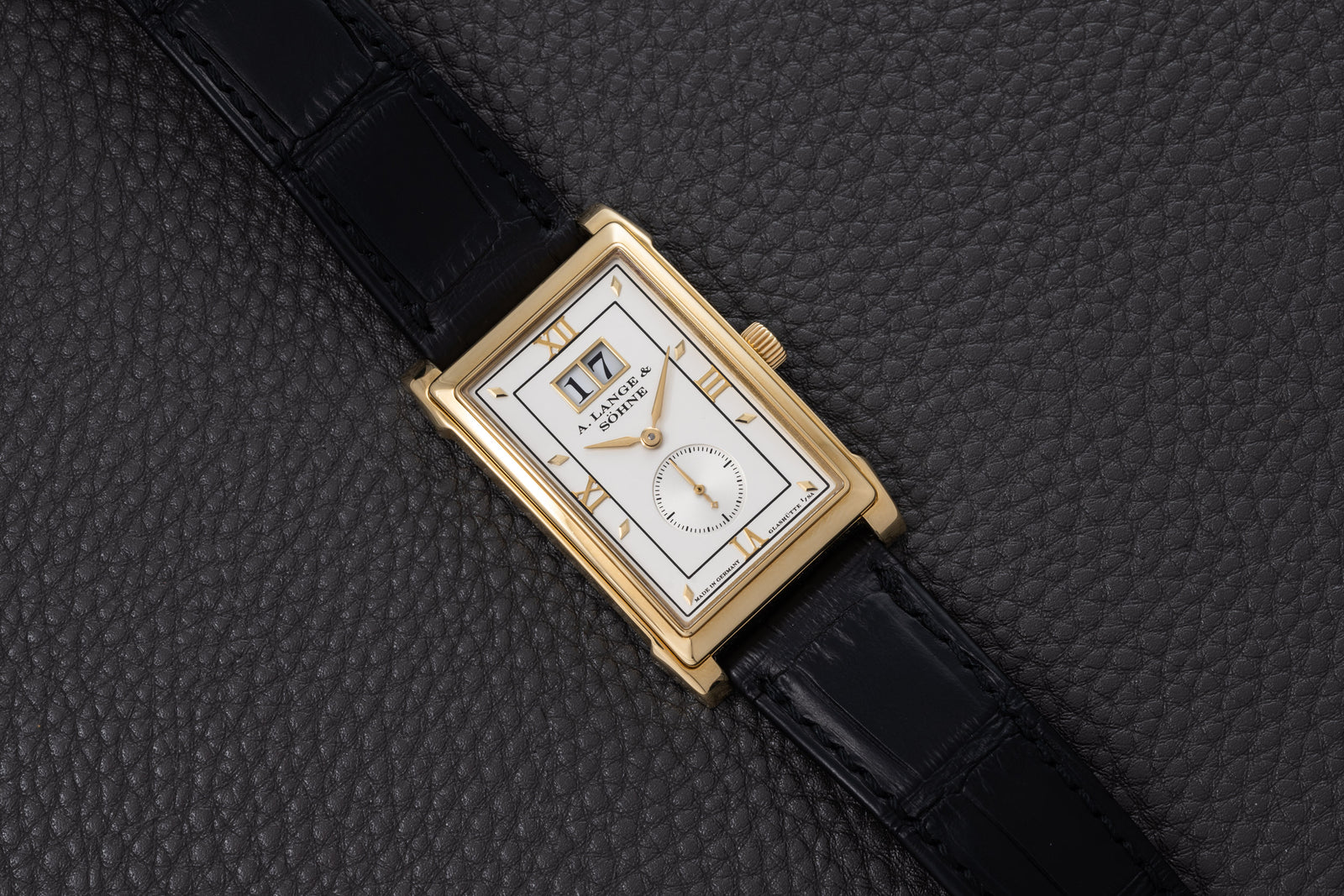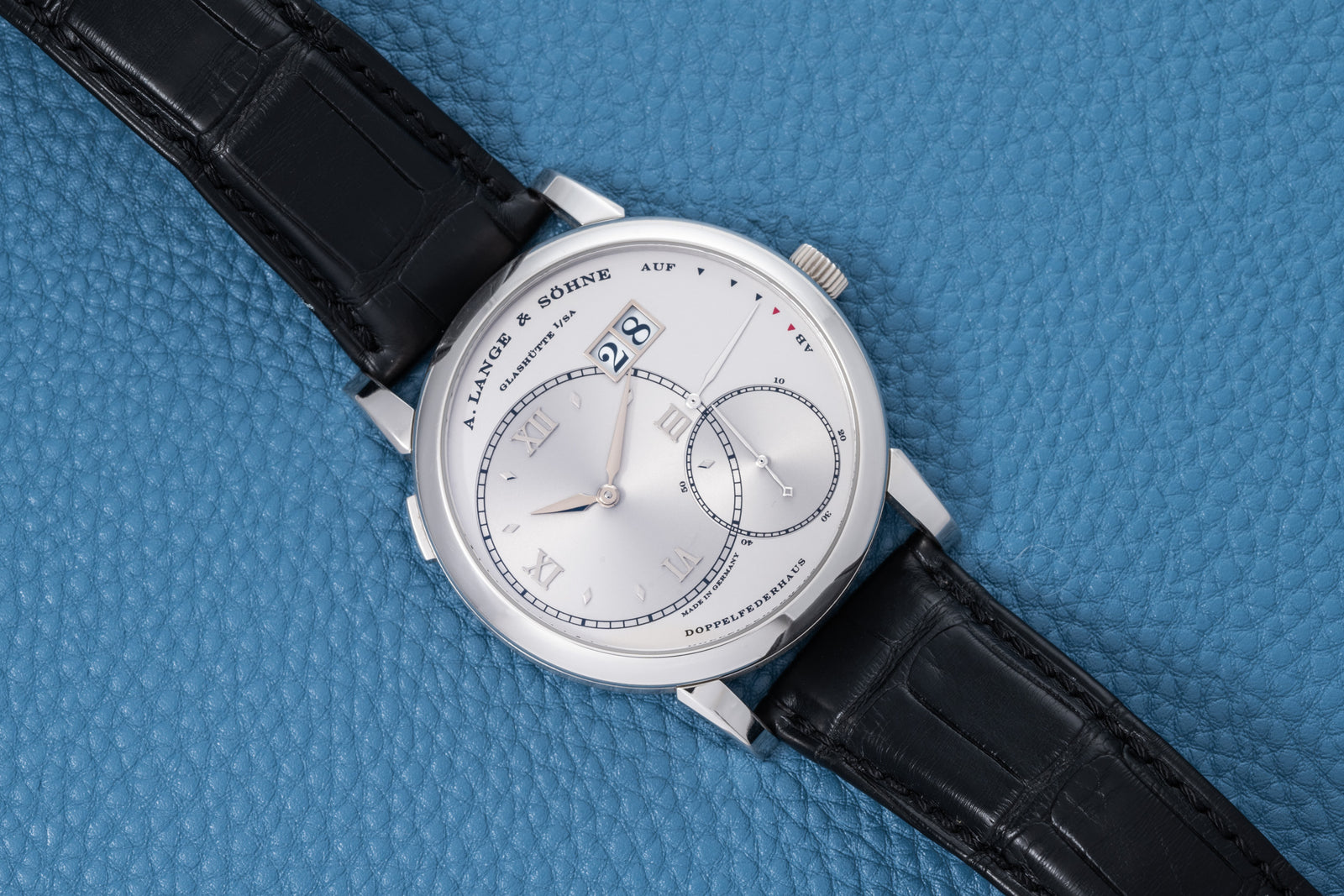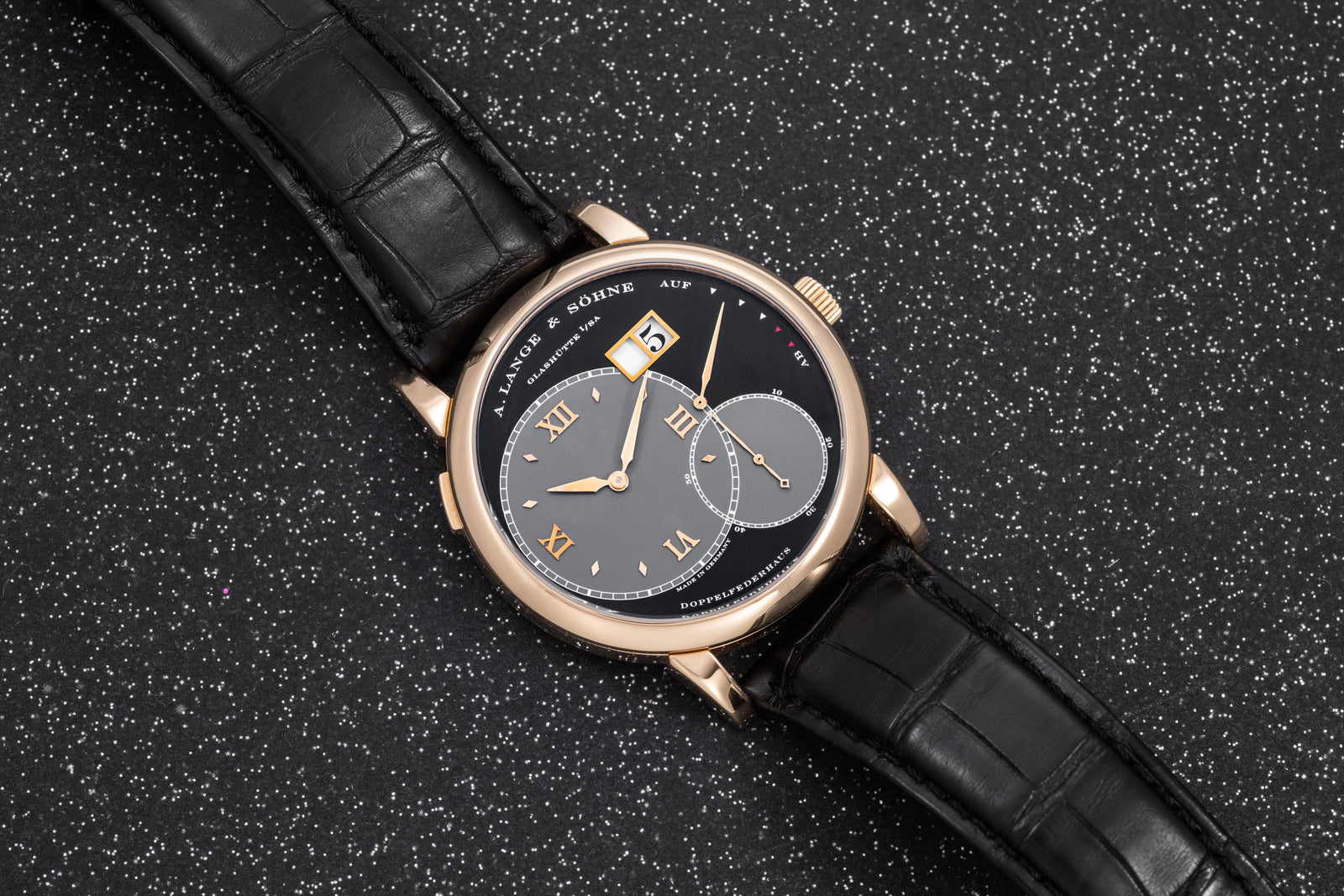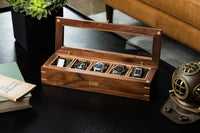Rolex Submariner
- Soldspan>
- Sold
Why We Love it
–
Why We Love it
–When a military loses track of a nuclear weapon, it’s known in Department of Defense jargon as a “broken arrow.” From the 1950s to the 1980s, during the height of the Cold War, seventeen of these broken arrows situations occurred. Whether due to mechanical malfunction, human frailty, or the fickle whims of Mother Nature, these deadly strays litter the world, some disappearing without a trace.
But one—lost in a rather spectacular, if not deadly fashion, was found… by a submarine.
On January 17, 1966, a B-52 bomber came in too hot during mid-air refueling with a KC-135 tanker. The two planes collided, and the tanker was engulfed in flames, while the B-52 broke apart. The two planes crashed into the Mediterranean in a fireball of twisted metal.
As for the bomber’s payload of four Mark 28 thermonuclear bombs—which were 70 times more destructive than "Little Boy," the bomb dropped on Hiroshima—three fell on land near the fishing village of Palomares. They detonated, raining radioactive plutonium dust over the tomato fields that surrounded the village, but fortunately did not produce a nuclear blast. Twenty-four hours later, U.S. military personnel appeared, armed with Geiger counters.
The three bombs that had fallen on land were located, but the fourth evaded discovery. In a world that seemed poised on the brink of nuclear war, the loss of the bomb drew ire in the international press. Furthermore, matters weren’t helped by the U.S. military's ham-fisted handling of reporters.
When one journalist asked a briefing officer about the missing nuke, the officer replied circumspectly, “I don’t know of any missing bomb, but we have not positively identified what I think you think we are looking for.”
But even though the U.S. denied the existence of this broken arrow, a massive search operation was underway. When a Spanish fisherman revealed that he saw the missing nuke fall into the sea, the Navy trawled the waters for a different kind of catch than what was usually generally sought in the fertile waters off Palomares. In this fleet were two submersibles, the Alvin and the Aluminaut.
Three months later, the Alvin—a specially-rigged Deep Submergence Vehicle manned by a crew of three and fitted with underwater cameras and a robotic claw—recovered the bomb in 2500 feet of water. This was the first time the Alvin would become a name familiar to the world - it would later go on to take scientists down to the wreck of the Titanic under the direction of Robert Ballard in 1985.
For all the U.S. military’s obfuscation about the existence of the bomb, its discovery was trumpeted in the press as “finding a needle in a hayfield.” The Navy showed off the nuke to the press, along with the state-of-the-art sub that had found it. To the reporter from Time Magazine who covered the discovery, the bomb was merely a “slightly dented, porpoise-shaped, silver-colored tube about 10 ft. long. Just the way it looked in Thunderball.”
Around the time of the little submarine’s fateful discovery, a change was made to a sub of a different sort: the Rolex Submariner.
From the time of its release in 1962, the Submariner Reference 5513 bore gilt meters first dials. But in 1966, the year of the disaster over Palomares, Rolex replaced the gilt dials with matte ones. Until they was discontinued around 1984, Submariners of all varieties would be fitted with matte dials - of particular interest to collectors today.
This dial on this particular 5513 is a great example of a matte “Maxi Mk 2" version from about 1979. It is housed in a thick case dating from about 1984, meaning it was probably switched out by a collector looking for an era-appropriate alternative to the glossy dials available at the time. This strong example also comes complete with its original papers. What results is a watch that strikes a comfortable balance between originality and improved collectability, robust enough to wear when trawling the Spanish coast in search of broken arrows, or just reading about them.
A:S Guarantee
+
A:S Guarantee
+Our Pledge
Analog:Shift stands behind the authenticity of our products in perpetuity.
Condition
Since our pieces are vintage or pre-owned, please expect wear & patina from usage and age. Please read each item description and examine all product images.
Warranty
We back each Analog:Shift vintage timepiece with a one-year mechanical warranty from the date of purchase.
International Buyers
Please contact us prior to purchase for additional details on shipping and payment options.
Shipping & Returns
+
Shipping & Returns
+All of our watches include complementary insured shipping within the 50 states.
Most of our products are on hand and will ship directly from our headquarters in New York City. In some cases, watches will be shipped directly from one of our authorized partners.
We generally ship our products via FedEx, fully insured, within 5 business days of purchase. An adult signature is required for receipt of all packages for insurance purposes. Expedited shipping is available at an additional cost. We are also happy to hand deliver your purchase in Manhattan or you may pick it up at our showroom.
Returns must be sent overnight or by priority international delivery, fully insured and paid for by the customer. A restocking fee may apply. Watches must be returned in the same condition as initially shipped.
We welcome international buyers, please contact us prior to purchase for additional details on shipping and payment options.


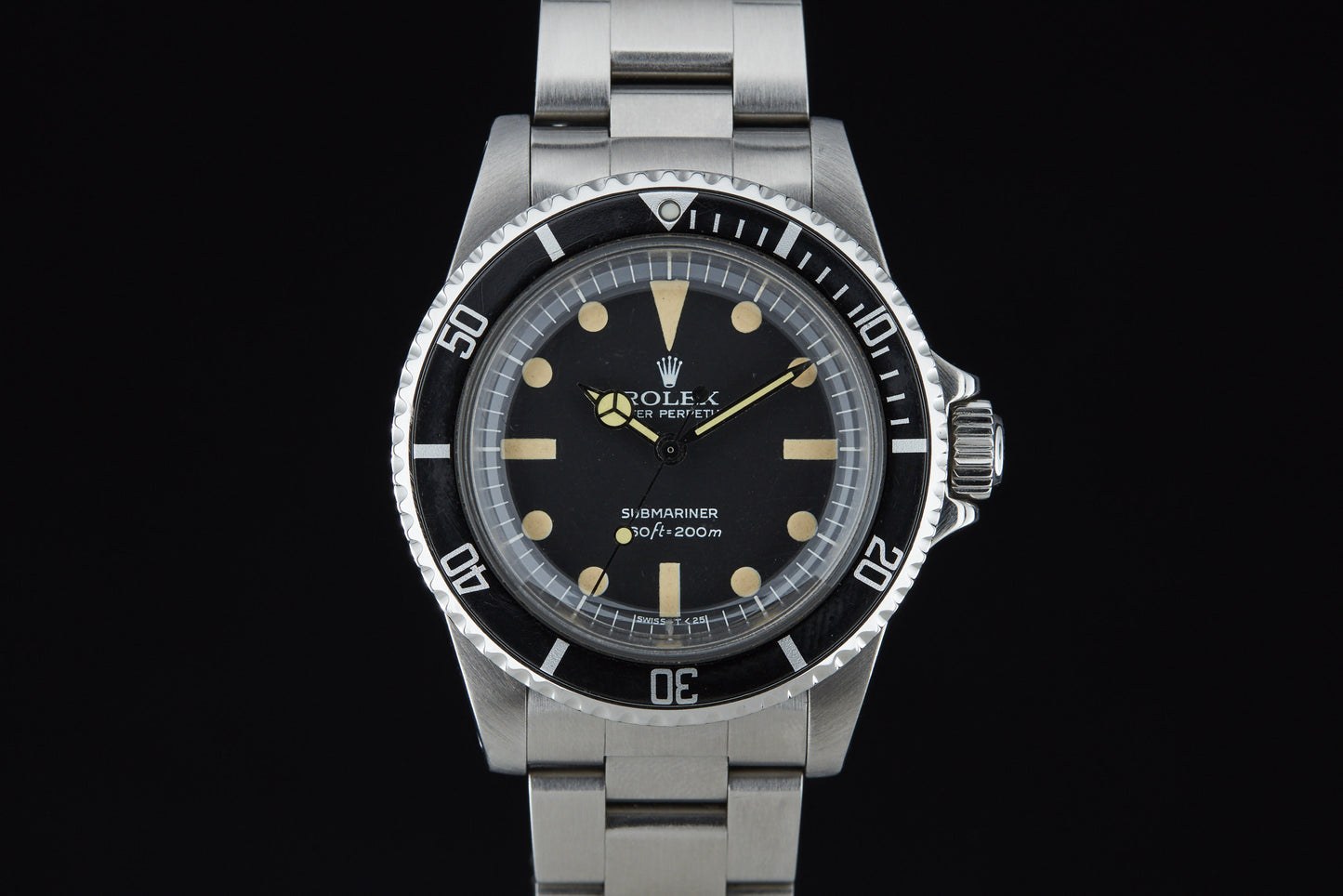



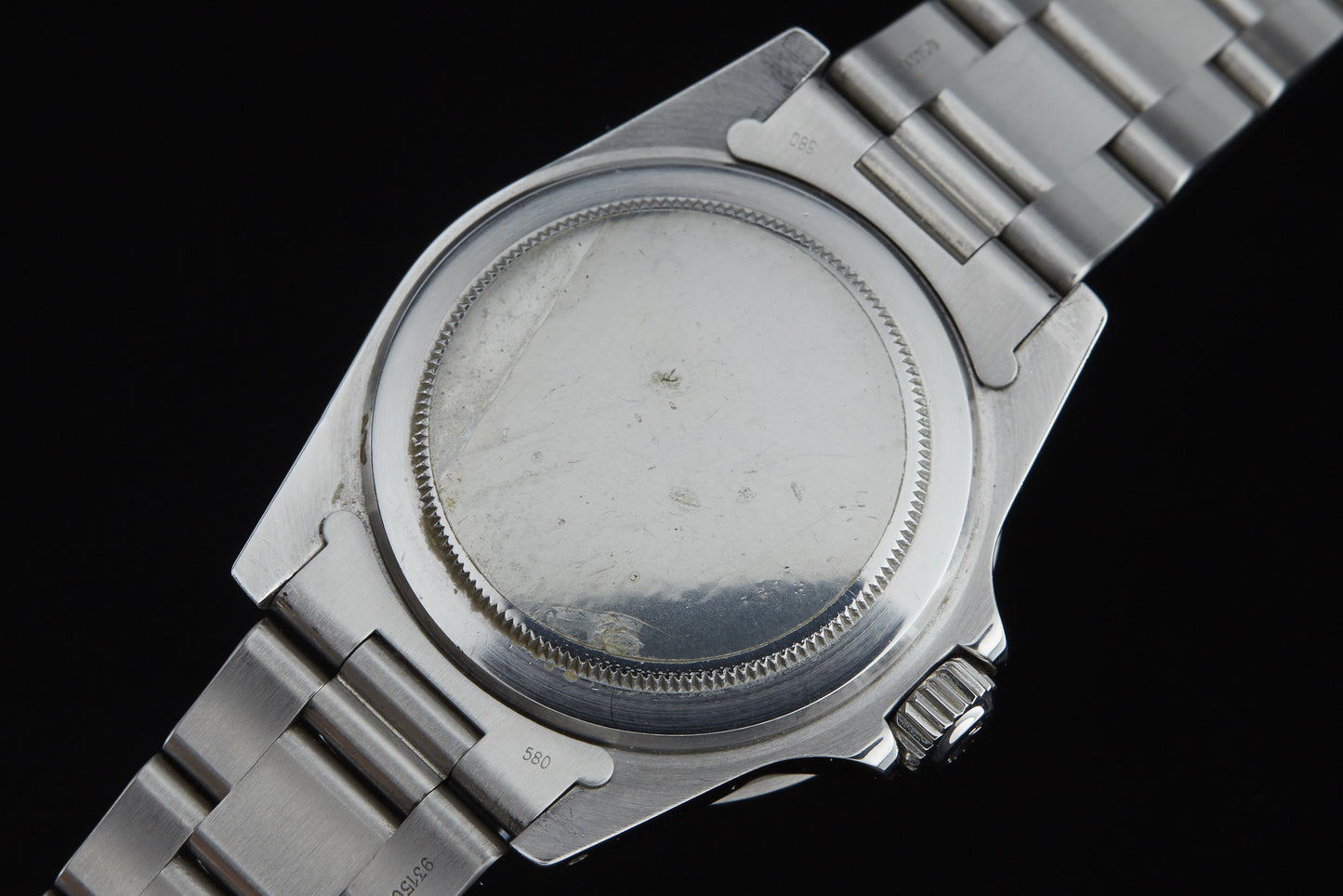


Rolex Submariner
- Soldspan>
- Sold

















